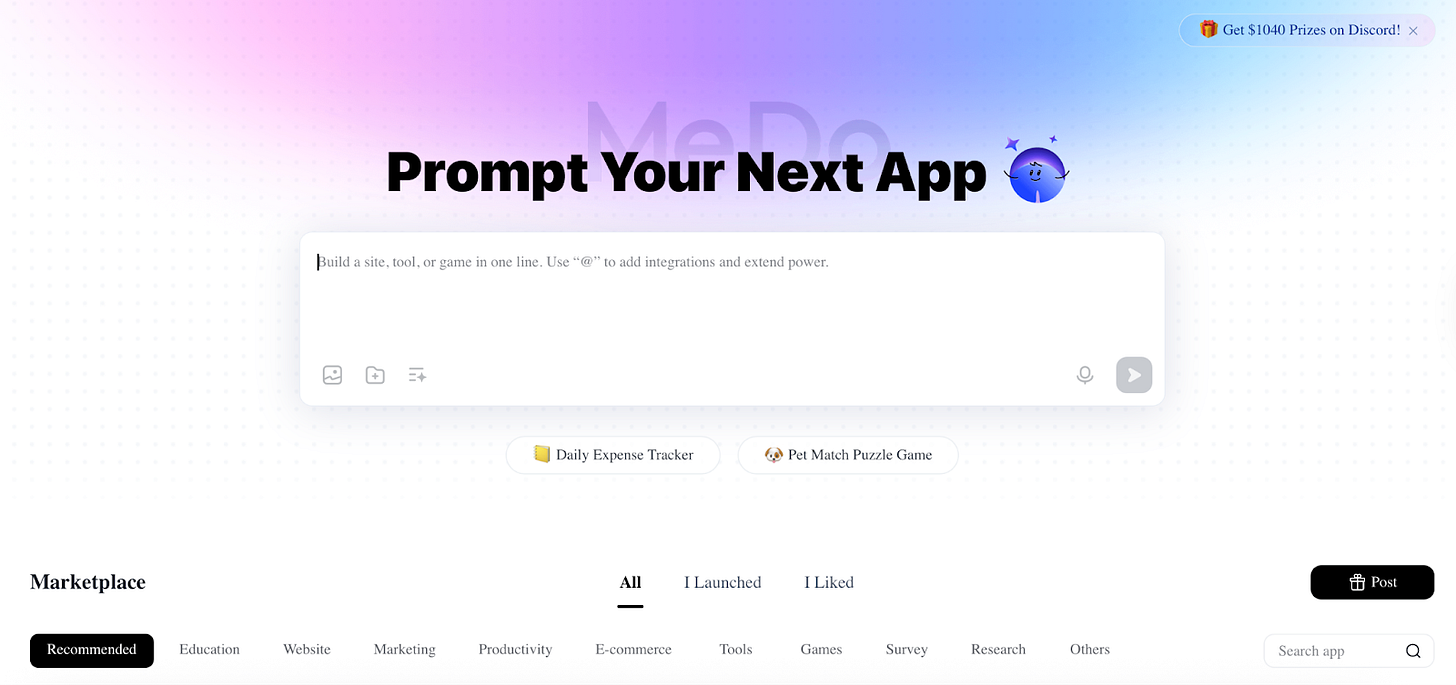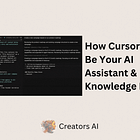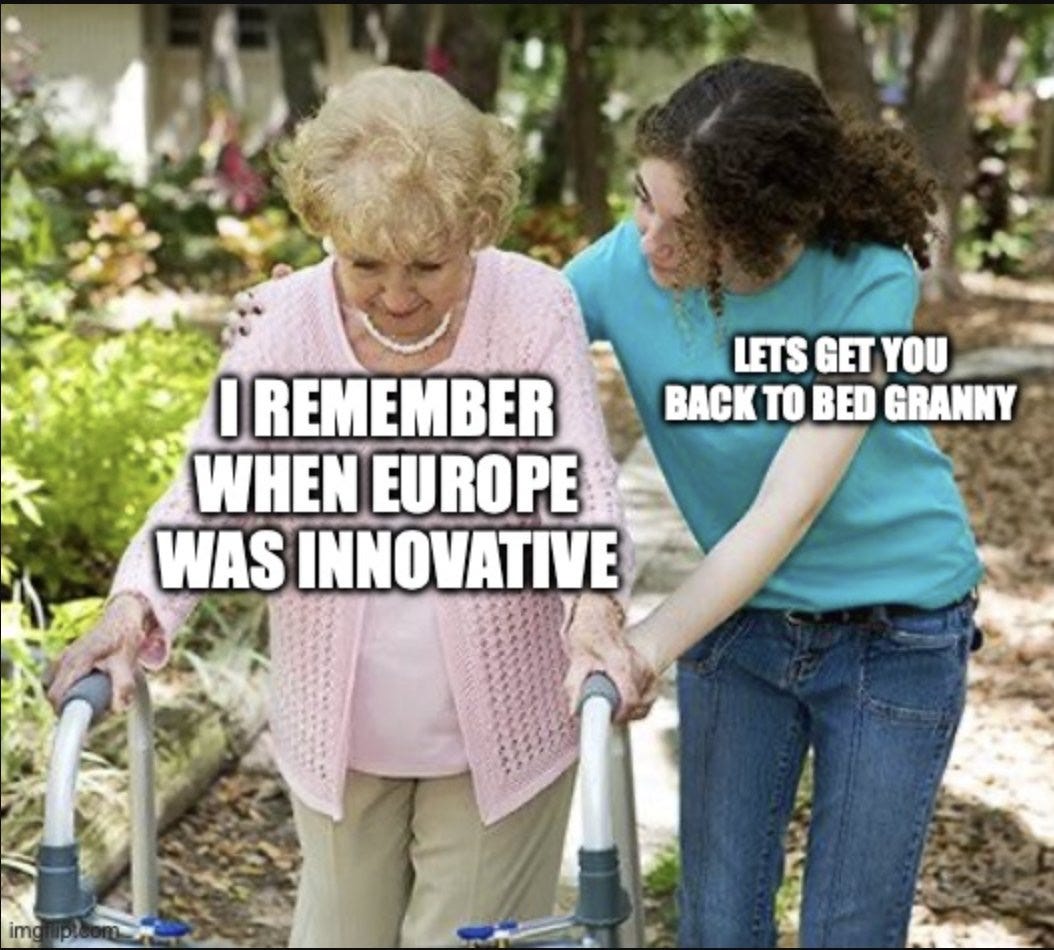Qwen3-Max, Siri, and Sora | Weekly Digest
PLUS HOT AI Tools & Tutorials
Hey! Welcome to the latest Creators’ AI Edition.
Hope you had a great week — especially Android users who can finally try Sora 2. This week in the AI world was quieter but still packed with updates. Qwen3-Max hit a huge milestone, Apple teamed up with Google, and humanoid robots keep popping up.
But let’s get everything in order.
Featured Materials 🎟️
News of the week 🌍
Useful tools ⚒️
Weekly Guides 📕
AI Meme of the Week 🤡
AI Tweet of the Week 🐦
(Bonus) Materials 🎁
Featured Materials 🎟️
Qwen3-Max Thinking
And just like the AI report predicted, China is putting the pedal to the metal. Alibaba presented an early preview of Qwen3-Max-Thinking, an upgraded AI reasoning model, that you can already test through Qwen Chat and API. Actually, we can send sincere congratulations, because the model hit 100% accuracy on tough reasoning benchmarks like American Invitational Mathematics Examination (AIME) 2025 and Harvard-MIT Mathematics Tournament (HMMT), according to the Qwen team. This milestone makes it the first Chinese AI reasoning model to ace these contests.
Google’s Gemini and Siri Collaboration
Apple keeps trying to rescue Siri. After testing OpenAI’s ChatGPT and Anthropic’s Claude, Apple made its decision and is now locking down a $1B annual deal to use a custom 1.2T parameter version of Google’s Gemini model. Apple wants to keep this partnership quiet, probably because they see it as a temporary fix while building more capable own technology.
Gemini will handle stuff like summarizing texts and emails, plus multi-step planning for complex task execution, such as “book a restaurant and call me a cab. The Gemini will run on Apple’s own Private Cloud Compute hardware, not Google’s servers. This way, Apple makes sure no user data ends up with Google.
We expect the new Siri to arrive in Spring 2026.
News of the week 🌍
A Word of The Year
The English dictionary Collins named “Vibe Coding” its Word of the Year.
We’re not surprised, given that we’ve dedicated a dozen articles to this. For a starting point, check out Why Vibe Coding Is Important and Vibe Coding for Beginners
The definition says that Vibe coding is “the use of artificial intelligence prompted by natural language to assist with the writing of computer code.”
By the way, the majority of Collins’ “Word of the Year” shortlist showcases trends in tech that keep taking over our world. Among other words included in the list are aura farming, taskmasking, biohacking, micro-retirements, and so on.
Sora 2 Is Growing
OpenAI has finally unveiled the Android version of Sora 2. It is open for a limited number of countries (USA, Canada, Japan, Korea, Taiwan, Thailand, Vietnam); at the same time, you don’t need an invite code to get in, unlike the iOS version. So far, the company hasn’t said when other regions will get access (but you can always use VPN).
Google’s Seventh Generation TPU
Google’s most powerful chip, Ironwood, is rolling out soon. It’s a custom processor built for training and running Google’s AI models. Each chip delivers up to 4.6 PFLOPS of FP8 performance, slightly higher than Nvidia’s H100 at around 4 PFLOPS. It runs fast and scales well, but anyway, it’s not for sale. Google uses it to power its own AI stack and to attract AI companies to its cloud by offering custom silicon built for their workloads.
IRON — a Humanoid Robot
XPENG made some noise at the 2025 AI Day in Guangzhou. The company introduced us to four major projects: the VLA 2.0 AI model, a fully driverless Robotaxi, the next-gen humanoid robot IRON, and two flying car systems. CEO He Xiaopeng said XPENG is shifting from a mobility startup to a global embodied intelligence company.
The first version of the IRON robot was actually launched back in November 2024. Now, they’ve made the model more human-like with a flexible spine, bionic muscles, and elastic skin. The system includes a VLM, similar to NEO 1X, but the first commercial use cases are guides, consultants, and assistants in shopping malls and businesses.
They plan to begin mass production by the end of 2026.
DS-STAR by Google
DS STAR is a new AI Multi-agent System presented by Google for data science tasks like statistical analysis, visualization, and data processing. The agent aims to remove the need for humans to solve unclear business problems by automatically converting them into Python executable code.
Main features:
Data File Analyzer automatically pulls context from various data formats and handles unstructured data such as CSV, JSON, Markdown, and plain text.
Verifier Agent checks if the plan is good enough at each step and validates code before running it.
Sequential Planning creates an iterative loop: plan, code, verify, refine. It mimics how a data scientist works.
The system runs on GPT-5 and Gemini-2.5-Pro.
Useful tools ⚒️
Floqer - The AI copilot for GTM data automation.
Blindspot - Book 2.5M+ billboards worldwide, like you book an Uber.
Jinna.ai - AI Assistant for business admin, finances & day-to-day tasks.
Build0 - Create high-quality presentations with AI.
MeDo - Build full-stack apps with AI at a fraction of the cost
MeDo by Baidu is an agentic AI platform that builds full-stack apps in minutes, including frontend, backend, database, and integrations. It automates coding and infrastructure setup to cut development time and hosting costs. Backed by Baidu AI Cloud, it is built for large-scale use with quite affordable pricing starting at $5, honestly. Developers get daily free credits and can build production-ready apps with large-scale data support.
Weekly Guides 📕
How to Make Cartoon Videos with AI (Full Tutorial)
Join the 5-Day AI Agents Intensive Course with Google
Suno AI Tutorial 2025: Every Hidden Button & Feature Explained (Suno ia)
AI Meme of the Week 🤡
AI Tweet of the Week 🐦
Bonus Materials 🎁
The Limits of AI: Generative AI, NLP, AGI, & What’s Next? - To watch
Coca-Cola | Holidays Are Coming - To check out a big example of an AI ad
LLMs Position Themselves as More Rational Than Humans - To read about AI secrets










The whole voice asistant space is heating up with all these partnerships. Apple bringing in Gemini for Siri shows how compettive things are getting. I wonder if companys like SoundHound can compete with these tech giants or if they'll get squeezed out completly.